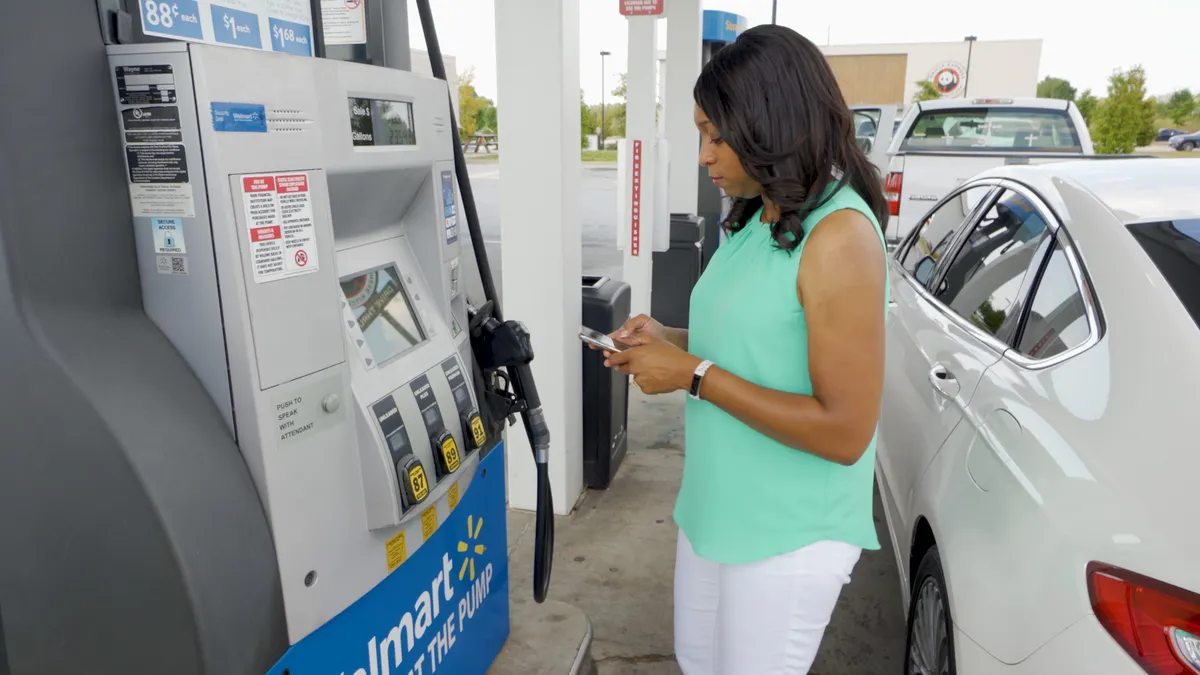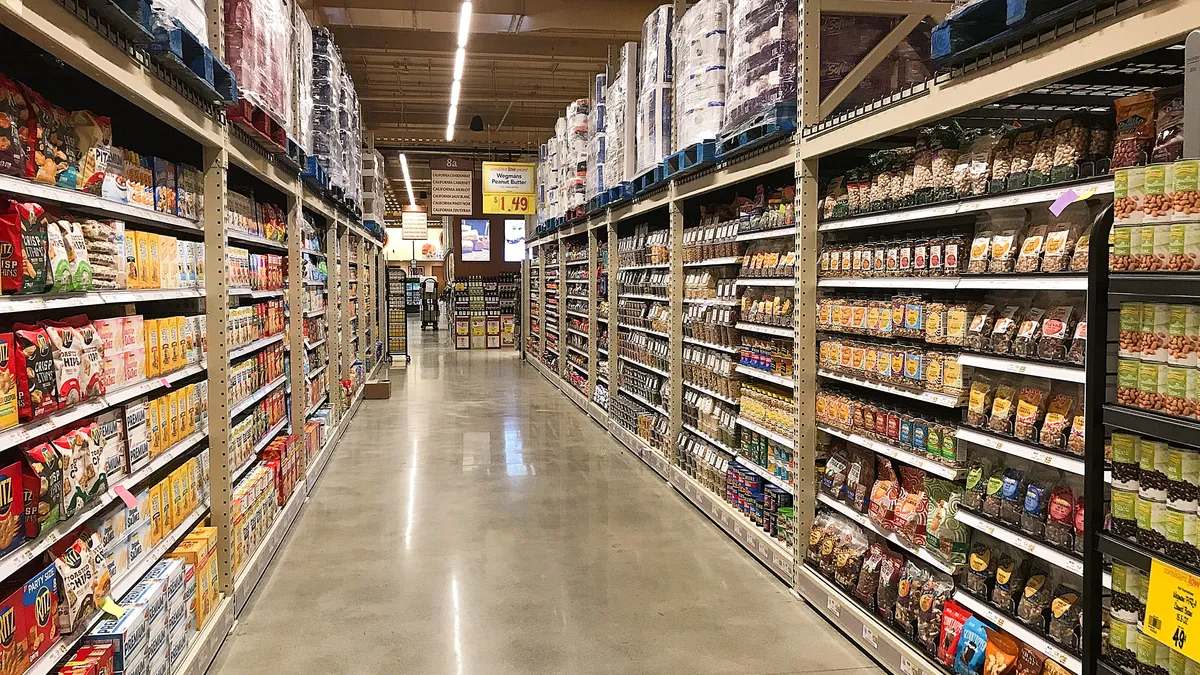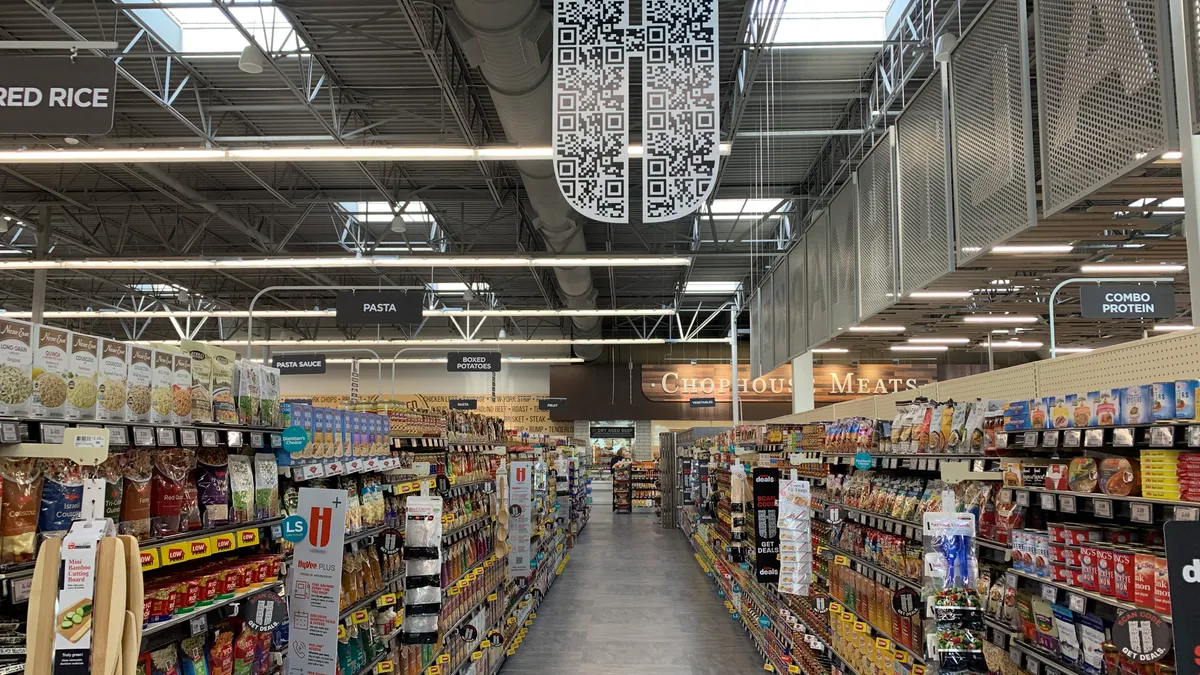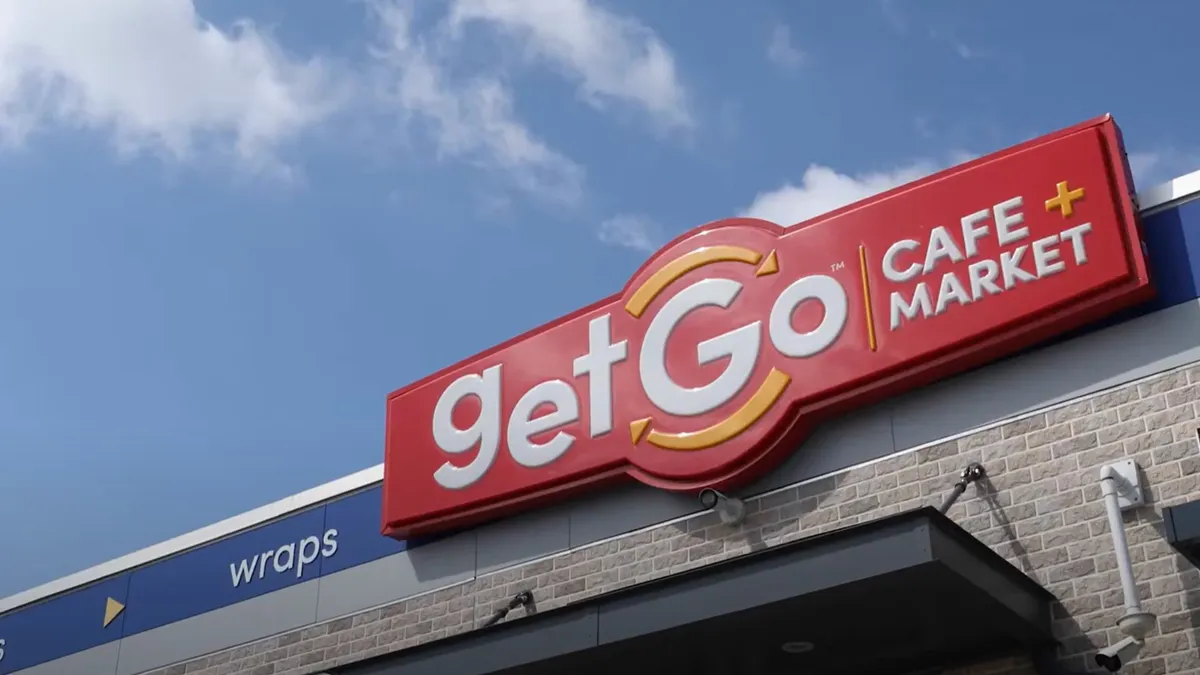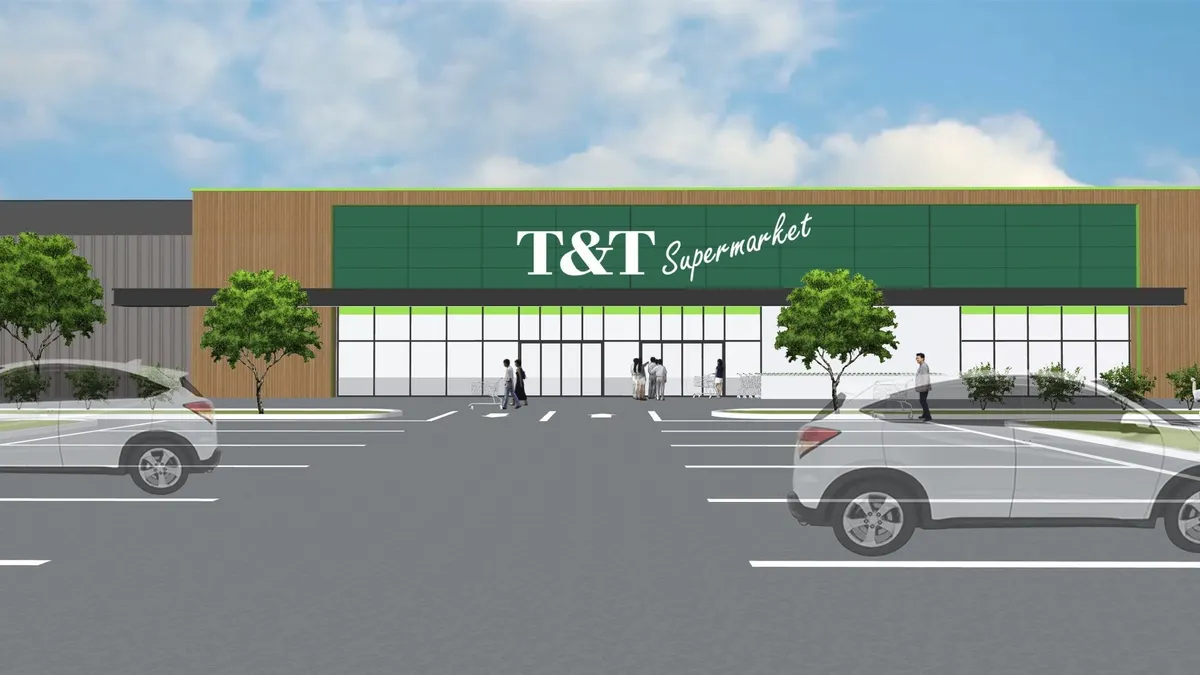Supermarket chains that also operate fuel centers and c-stores have long excelled at fueling in-store purchases via their loyalty program. And many have stepped up their offerings recently to encourage all sorts of purchases among their rewards members.
“2023 is a year where loyalty is taking an even more central role in most grocers’ strategy as ... they’re finding that loyalty programs are the most efficient way to deliver value to shoppers,” said Jordan Berke, founder and CEO of Ann Arbor, Michigan-based Tomorrow Retail Consulting.
Fuel is a “very high-impact feature” of grocers’ overall loyalty programs, he said.
For example, the second-most-popular feature of Walmart’s Walmart+ membership program is its fuel benefit, which saves members 10 cents per gallon at both Murphy USA and ExxonMobil stations along with Sam’s Club and Walmart.
“They realize that adding that fuel benefit made the overall program so much more attractive,” Berke said.
Still, while high gas prices have been front and center in recent years, grocers have actually focused more on the savings they can provide in-store in their messaging and loyalty programs, according to Diana Sheehan, founder of Evanston, Illinois-based PDG Insights.
“I think when gas prices are high and grocery prices are high, they focus on what they know and what they can control,” Sheehan said. “A 10-cent discount per gallon on gas may save you $3 or $4 at the pump. But through rewards and digital coupons, they can save you $30 on your weekly grocery purchases.”
Hy-Vee builds a robust blend of offers
One way grocers are leveraging their loyalty programs to boost their c-store arms is simply to include both in the same program.
West Des Moines, Iowa-based Hy-Vee is driving both fuel and in-store purchases with its long-running Hy-Vee Fuel Saver + Perks rewards program, which has approximately four million active loyalty members, according to Mike Kueny, Hy-Vee executive vice president and president of Fresh Brands.
Hy-Vee operates more than 180 Hy-Vee Fast & Fresh c-stores in eight states — many which are located adjacent to a Hy-Vee food store. The rewards program “effectively drives customers to the pump when gas prices spike,” Kueny said. "Customers have immediate access to their fuel saver rewards and can fuel up without waiting for their rewards to load and without traveling to another location.”
Additionally, Fast & Fresh may have different promotions which can give customers additional options and can increase their grocery and fuel sales, according to Kueny.
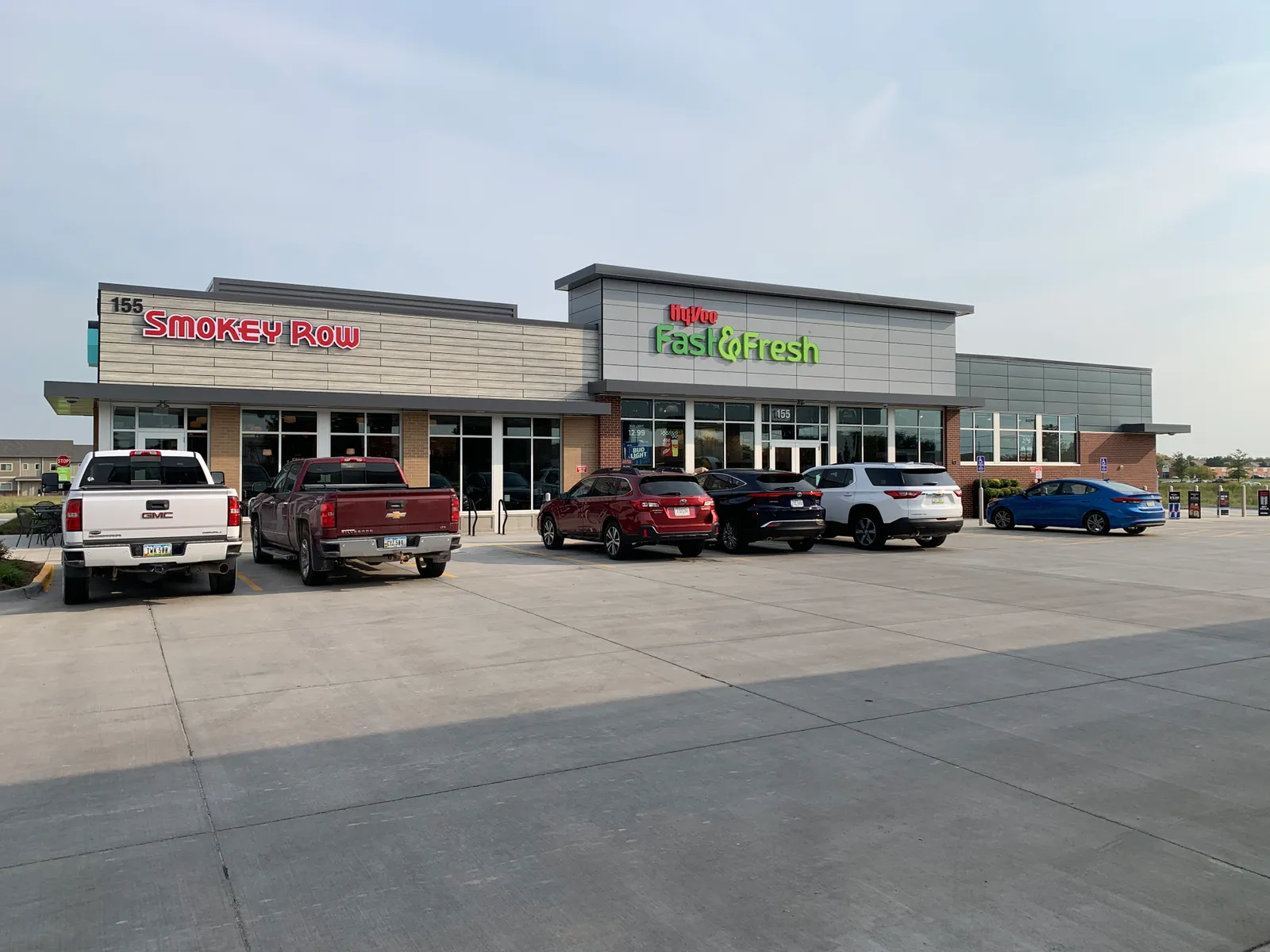
Hy-Vee has also enhanced its app, which now includes the fuel saver card “so customers can always see how much they would save on their next gas purchase, along with easy ways to save online and in-store,” Kueny said.
The program continues to see steady growth, Kueny said, and the company keeps improving members’ experience with upgrades like allowing members to scan their fuel savers digital card at the pump.
In 2021, Hy-Vee launched its Hy-Vee Plus premium membership, which added perks to Hy-Vee Fuel Saver+ Perks rewards with qualifying in-store or online purchases, along with monthly offers and coupons.
It also has additional fuel savings based on qualifying purchase levels, according to Kueny. For instance, Hy-Vee Plus members who spend $50 earn 10 cents per gallon. “So, if a customer spends approximately $100 per week on groceries, they have the potential to earn approximately $260 in fuel savings each year,” Kueny said.
But the basic program continues to be a “driving force” for Hy-Vee. ”We find that incentivizing customers with fuel saver rewards drives customers to make in-store and online purchases and to use our c-stores for fuel,” Kueny said. “Additionally, Hy-Vee’s digital coupons continue to grow in popularity as print publications reduce in size and scope.”
As the ownership of electric cars accelerates, Hy-Vee will also look into how fuel saver rewards can be used at EV chargers, according to Kueny.
Giant Eagle gives customers broad options
A big booster for Giant Eagle’s myPerks program, which boasts more than four million households, is that benefits can be earned and redeemed at any of the company’s banners, including its c-store chain GetGo Cafe + Market, said Brandon Daniels, manager of public relations for Giant Eagle.
The rewards program drives both grocery and fuel/c-store purchases via lower prices on “thousands of products” and the fact that every dollar spent on fuel, grocery items, gift cards, and out-of-pocket pharmacy purchases earns perks, which can then be redeemed for dollars-off rewards on future purchases, according to Daniels.
“We also recently introduced the new myPerks app, which allows our guests to earn perks on non-Giant Eagle purchases at more than 150 retailers,” Daniels said.
The app also includes the new myPerks Play, which gives guests the opportunity to earn additional perks by playing games and participating in challenges.
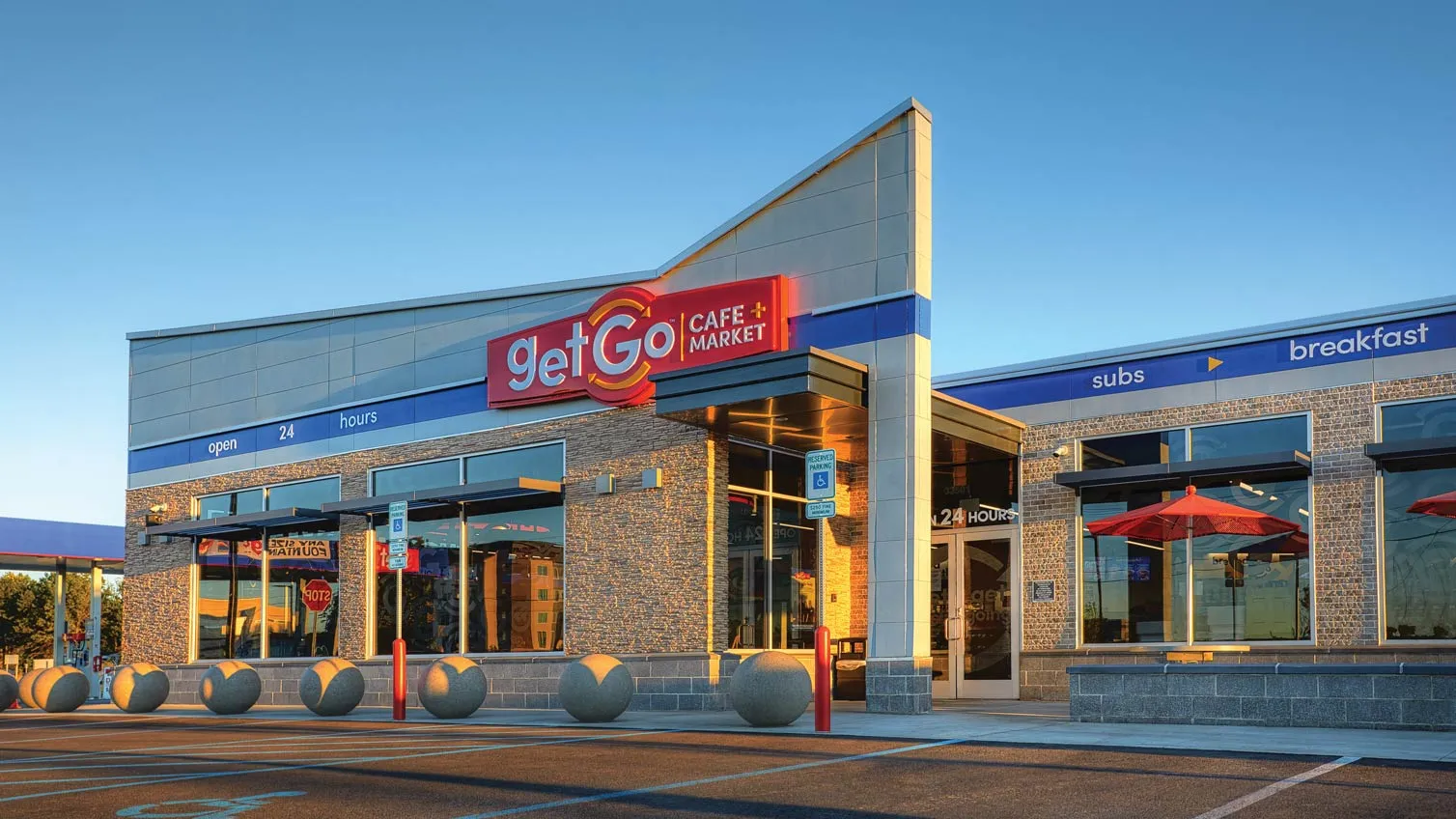
Sheehan praised both Giant Eagle and Hy-Vee’s rewards programs. “With their regional focus, they are particularly attuned to who their customers are and what they need. While corporate drives the strategy, they are connected in a more integrated way to what matters locally then many of their competitors,” she said.
She continued: "Their fuel center/c-stores are also an imperative part of their portfolio, and so they manage them with a strategy that complements grocery operations but ensures that those retail outlets are run just as effectively and intentionally as their grocery stores.”
Kroger’s 90% loyalty reach
While Kroger doesn’t have a significant c-store presence anymore, the company still has fuel available at nearly 1,000 site in 16 states. That footprint could grow significantly if regulators give the green light to the company’s $24.6 billion planned merger with supermarket rival Albertsons.
Kroger’s Kroger Plus rewards has the highest loyalty participation of any major grocery chain at around 90%, Berke said, and does the best job at pushing those customers into stores to buy food and other products, according to Tomorrow Retail Consulting’s proprietary research.
It is increasingly using its rewards program to “offer in-store promos that are personalized and much more productive than many of their competitors,” Berke said.
“If you look at any of Kroger’s weekly printed flyers, approximately 20% of the deals are app-only deals,” Berke said. “What that does is drives users to have the app — their app download and penetration rate is very high — and through the app they serve up personalized recommendations.”
For example, during a recent week, Berke received three personalized offers — and one resulted in him trading up to an organic peanut butter that he didn’t realize the grocer carried.
The importance of individualized offers
While Giant Eagle, Hy-Vee, Kroger and others sport successful loyalty programs, most grocers suffer from a lack of personalized offers and connectivity between their c-stores and fuel centers, according to Sheehan.
“In essence, loyalty rewards tend to be geared towards brand or category and not location purchased. Many fuel centers/c-stores that support rewards are often not directly owned by the retailers,” she said.
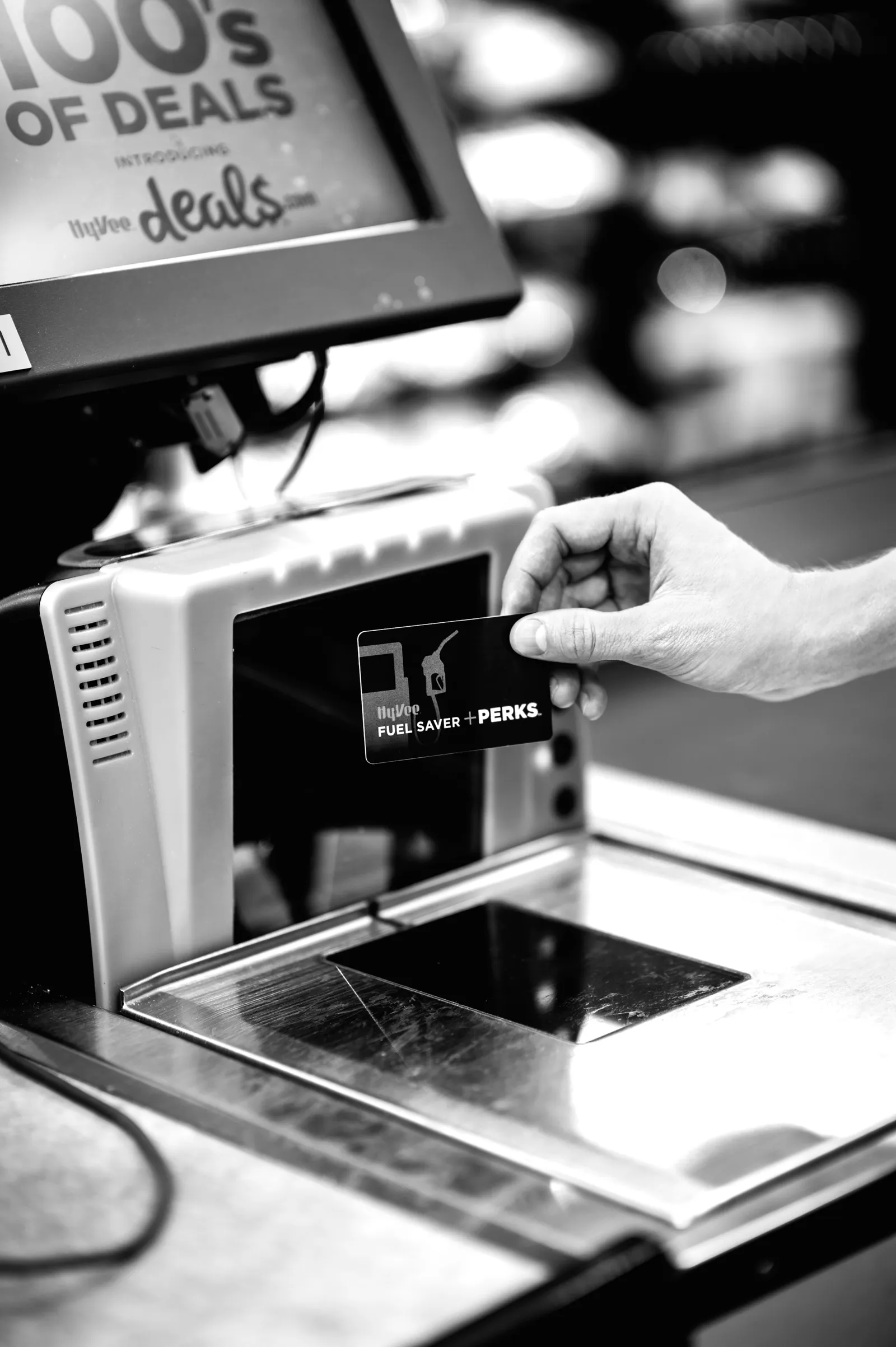
Most grocers are “just starting to scratch the surface in using data analytics and AI to personalize experiences and truly drive desired customer behaviors,” Sheehan said. “We will get to the point where e-commerce shopping (and search) will be curated based primarily on past behavior. It’s not there yet. When we see ‘personalized’ offers based on loyalty card data right now, we really see it in pricing and digital coupons.”
Effective c-store loyalty programs focus on both fuel sales and in-store purchases, according to Sheehan.
“They have been designed to get people to walk in and buy on impulse (or necessity) things in the c-store. They feature perks on foodservice, products on shelf and fuel. They also can provide offers to products that might not have the same focus in grocery: fountain drinks and foodservice, lotto, and other categories that are sold at grocery but deprioritized,” she said.
However, with many c-store loyalty programs, members don’t earn rewards on fuel sales. Instead, other purchases provide rewards that can be used to discount fuel.
“It’s an interesting dynamic because, for many c-stores, the focus is still about how you get people in-store once they are there,” Sheehan said. “Not how do you get people to your fuel station.”


